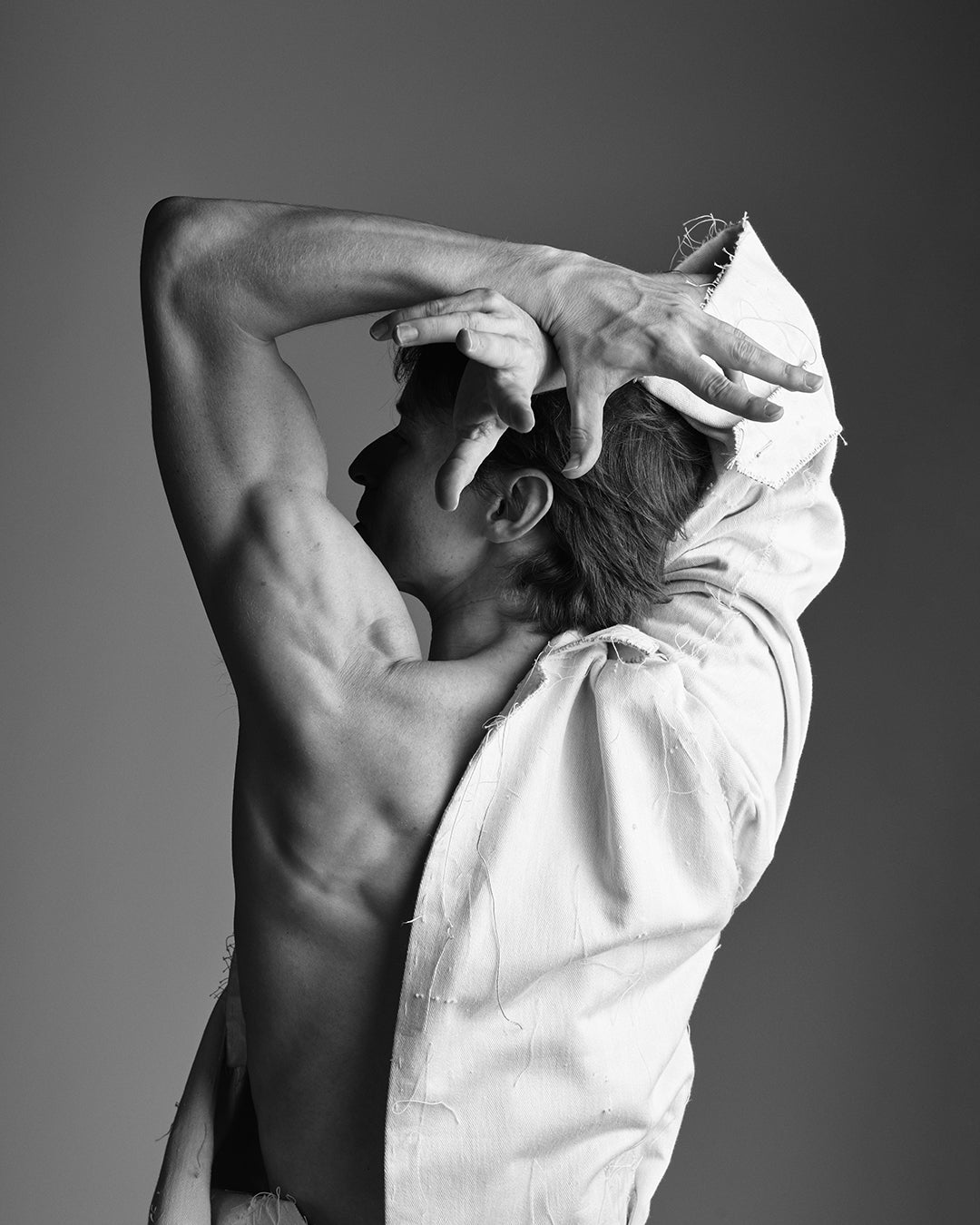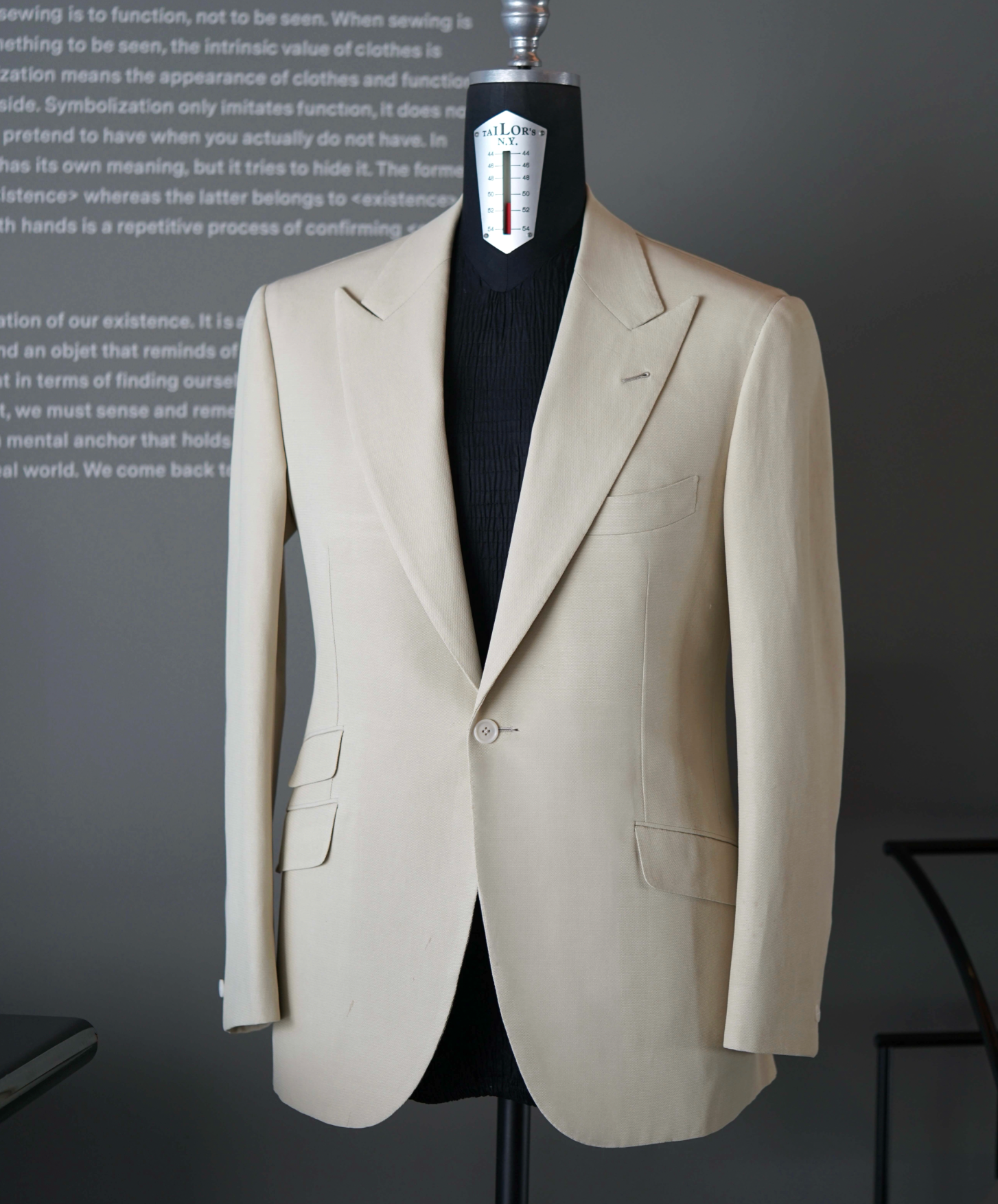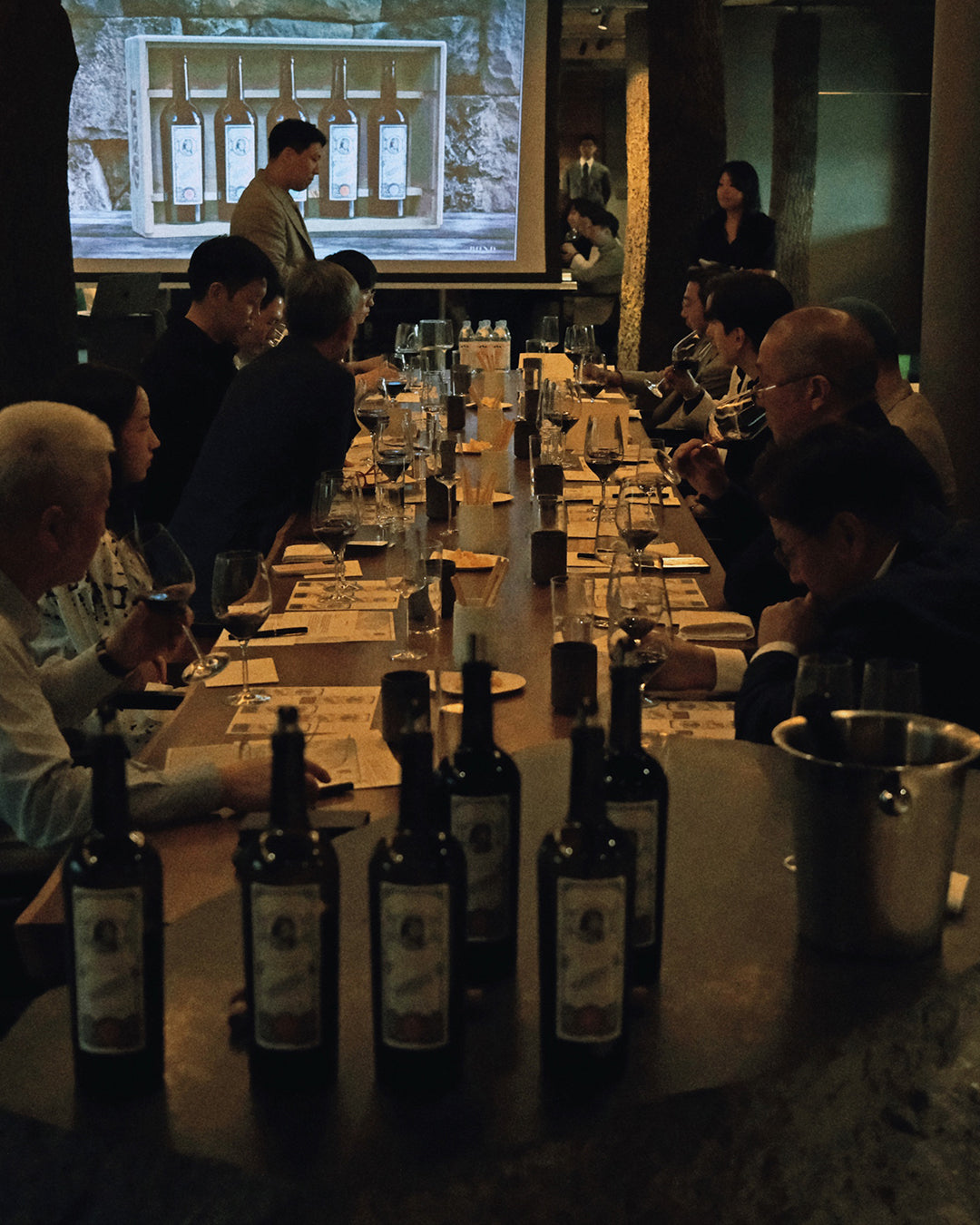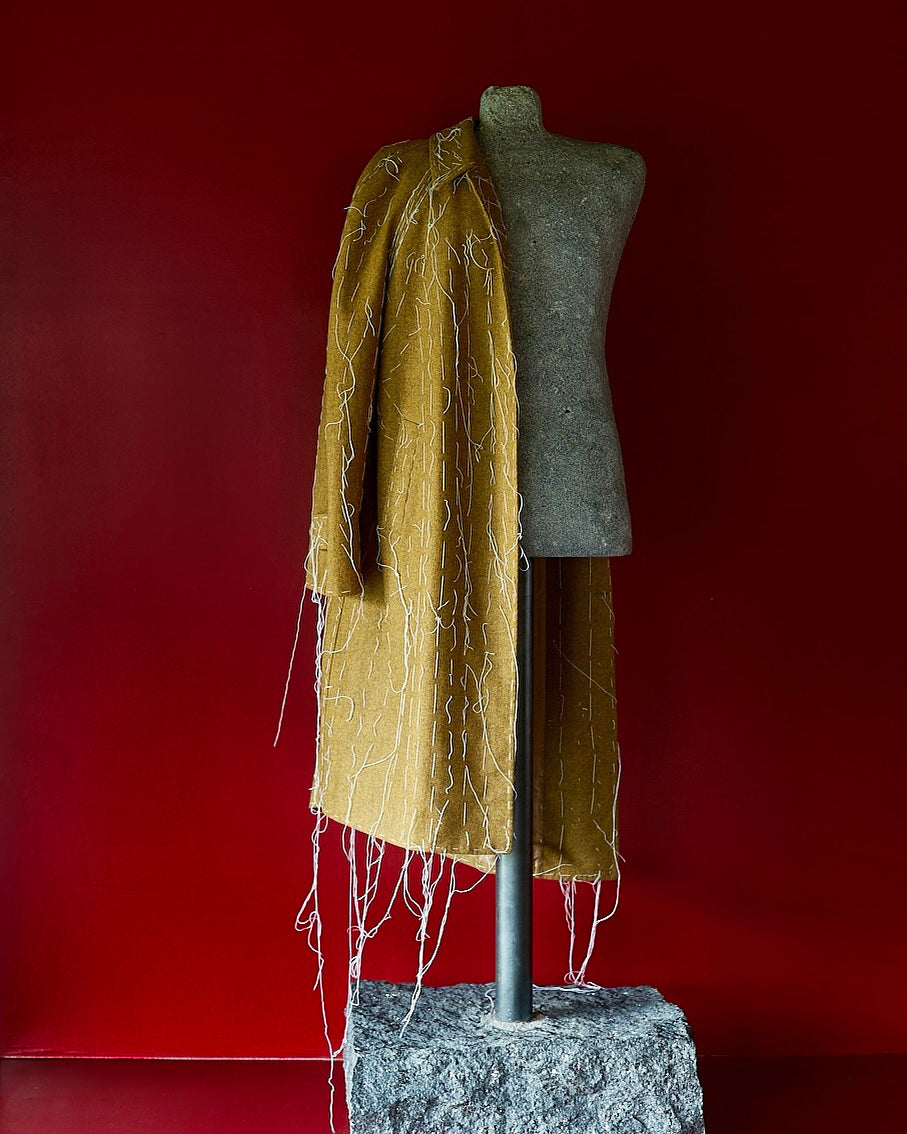Daechul: Your work deals with many different elements at the same time. It employs various forms of artistic expression such as architecture and space, the meaning of concept and place, text, color, and light. On the other hand, it does not express messages, critical awareness, or feelings, but hides them in secondary metaphors so that they cannot be found. Of course, there is excellent text and critique that enables the context to be guessed, but sometimes I do not have the code necessary to decipher them, making it impossible to find the answer. I suspect that even this was intended in the first place. I am curious about the moment of discovery and “rupture,” which is the idea behind your work.
Liam: There is no simple moment of discovery or rupture. My work develops from a complex core of ever evolving ideas - often with very precise concepts. A final art works can emerge from any point in the thinking process - it is not necessarily an end point. It might be the start of something. I exist in a material reality. I always have a reason to make something. The art work always emerges in relation to a specific context. It is the development of an intellectual investigation which feeds back into further investigations. The feeling of a code that you talk about is a result of the fact that I am not interested in making art that is a simple illustration of an idea. I think the relationship between artistic intentions and results needs to be broken and it is at this break point where we can find the potential for art that is not merely illustrative of an idea or didactic in the ways it shows you what you already know. My work is more about rupture than discovery. I am not interested in answers but in new ways of posing questions about what art could be and where it sits in relation to other physical structures in the world. I am interested in “the semiotics of the built world”. In other words, an ongoing investigation into how meaning is created and how meaning is communicated - particularly in relation to what human beings build around them.
Daechul: I often discover that there are "no boundary" in your work. At times it remains as ambiguity but perhaps this can be extended to the realm of uncertainty. It may be another order that we have not yet consciously interpreted, for the possibility of its existence has nothing to do with whether we understand it or not.
"No boundary" is a subject that I have thought about for a long time. Since the start of mass production, fashion has been a prison of thought, as if caught in a chicken coop. Production required standards and the industry had to produce clothes of certain styles and stereotypes to some degree. I believe that for ordinary people who have complied with the trends of contemporary consumer fashion, a realm of aesthetics impossible to imagine, that is, a deliberately hidden realm, has emerged. Fashion now rules so that everyone accepts the given type and perceives it to be the most beautiful of its time. Setting boundaries and making distinctions entraps people’s thoughts and aesthetics and covers their eyes so that they cannot see.
You have your own aesthetic language. You are a person who creates, curates and engages in self-criticism. While working on your clothes, I began to wonder what meaning this single jacket would hold for someone like you. What looks beautiful to you? What do you think makes a beautiful garment?
Liam: I don’t think very much about what makes something beautiful. And the philosophy of aesthetics is complex. The pursuit of a simple concept of beauty only leads to branding and kitsch. I am interested in time and context. So I am always watching for the way a form or a color or an idea operates in relation to “when” and “where”. This is how we can come to some kind of understanding of what moves us or what draws us to a special combination of things and people. For me there is only clothing “in and out of context”. What I mean is, a garment is special when it can exist in and outside of its own time. It might carry elements from the past - in terms of craft - that cannot be directly seen - they are part of its structure. Sometimes what cannot be seen immediately is what makes something “beautiful”. The structuring of something and the way it is made affects everything about an object. At other times it is the relationship between the garment and the individual - but most important for me it is the relationship between the individual and the group. This is what I like about your work. The way in which it is hard to immediately pin down where and when it is from. Fashion can be easily dated. That’s what is interesting about it. But I think you are more like time travelers, playing with time as much as you are playing with form.


Daechul: It is said that in Korea, the word eolgul, meaning face, referred to the whole body until the 16th century. There are several theories on the etymology of this short, two-syllable world. I like the theory that two words of one syllable each were joined together (eol + gul) to mean “shape of the soul.” After all, the face is a person’s identity. But when it comes to the formation of the face alone, there are only tiny differences, in the range of micro millimeters. It is amazing that the combination of those subtle differences distinguishes seven billion identities.
We consider ourselves to be unique, but in fact “I” never really reveal myself as I really am. To form relationships, it is necessary to express oneself externally and in such cases one’s appearance, expressions, voice and the content of one’s words are all displayed to construct “I.” In this process, I believe that the subtle textures and shapes of clothing, which comprises ninety percent of the visual surface, plays a much larger role than expected. That is, dressing oneself is the process of bringing to the surface the “I” that lies within, with exactly the same concentration.
This concept played an important part in this project. Faced with Liam Gillick’s “shape of the soul” we tried to capture his aura and bring it out in the garments. For various reasons, we could not make the final fitting and the clothes were sent to New York. I can’t help wondering if the clothes were finished properly.
Liam: We always knew that I would not be able to have a final fitting in person because of the Covid-19 pandemic, so you proceeded to work within that understanding and took some risks. It could have been a big problem! But that’s why our first conversations were so intense and detailed. We all knew that there would be a disruption to the usual processes. I think that what you produced absolutely achieved what we discussed in Seoul. I told you that I wear a suit jacket every day. I told you some things about the way I use my clothes. We talked a lot about ideas and life and decisions and what arrived in New York exceeded my high expectations. It is a wonderful jacket. The form makes it perfect for wearing all day and for all my artistic activities - drawings, walking, reading and drinking coffee. I am not sure anyone would want to see the “shape of my soul”. But what they can see is something much more subtle and maybe interesting. The jacket is an enhancement. An elevation of a form to something “out of time”. It is hard to tell when and where this garment might have been produced. And it only looks good on me - which is a compliment to you. Most importantly, I don’t think it is a pretentious piece of clothing. I don’t want to look like my clothes are wearing me. There is an equality or balance in the relationship between my body and this jacket. We are melded and bonded and make sense together.
Daechul: Finally, what it was like working with Lerici on this project?
Liam: Educational, enlightening, and extremely professional. From the beginning it was a real experience, at a time when so many experiences are cynical. I like to be involved in something that addresses the past, present and future at the same time.
Correspondence Liam Gillick, Kim Dae Chul
Photography by himself



